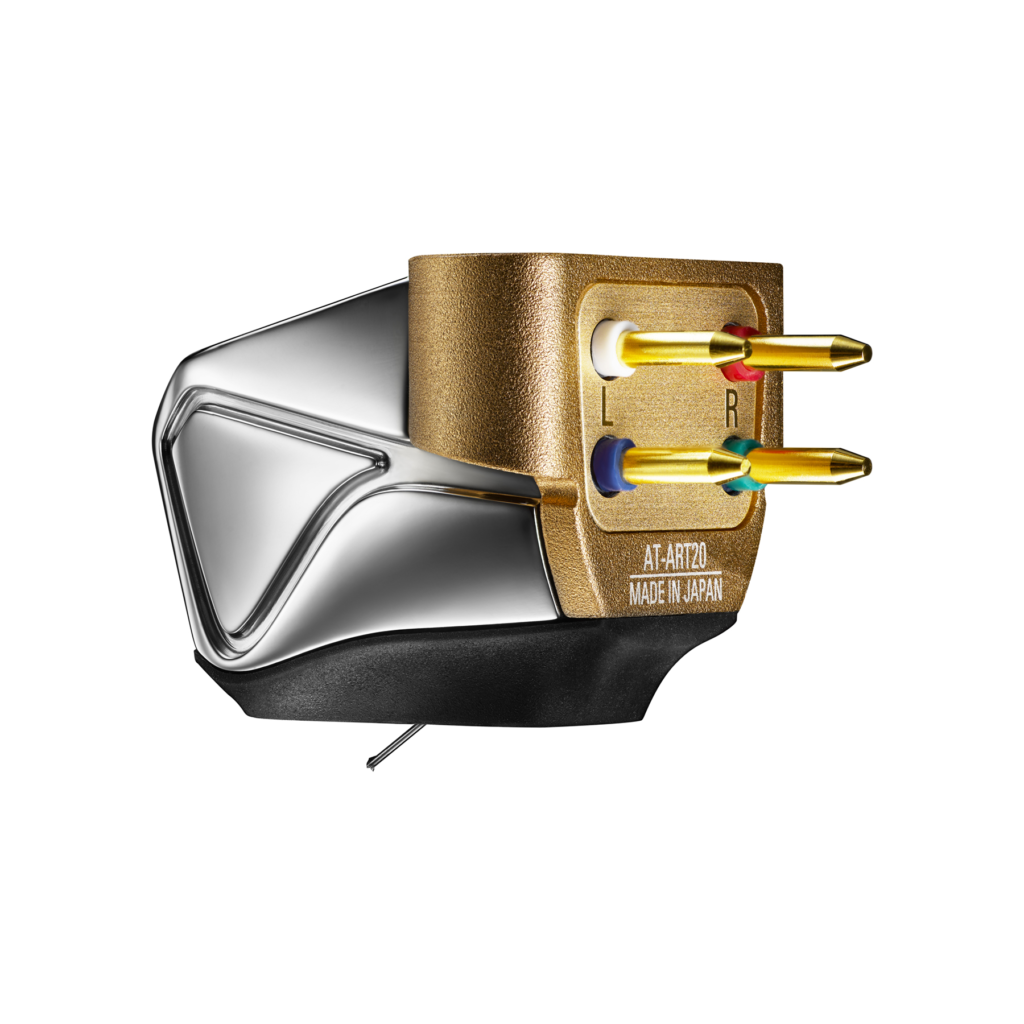Audio-Technica Introduces Its ART Series AT-ART20 High-End Phono Cartridge
STOW, OH, June, 2022 — Audio-Technica recently reached out to The Silo and announced the introduction of its AT-ART20 Dual Moving Coil Stereo Cartridge, the latest in A-T’s ART Series of high-end phono cartridges. The AT-ART20 utilizes Audio-Technica’s magnetic-core design to achieve extraordinary musical realism. Complementing its superlative vinyl playback performance, the AT-ART20 has a striking, distinctive contoured appearance.

“Our goal in creating the new AT-ART20 was to capture the full expressiveness of the original recording,” said Bob Peet, Audio-Technica Global Product Manager – Analog Products. “
To that end, the AT-ART20 embodies technologies and know-how that are the result of our 60 years of experience in phono cartridge design and manufacturing.”
The AT-ART20 (SRP: US$2,900 / CAD$3,760) delivers expansive, detailed sound with unmatched imaging and dynamics. The AT-ART20 utilizes the advanced manufacturing and polishing techniques that have been developed in the eyeglass industry of Sabae City in Japan’s Fukui Prefecture. The cartridge’s body features graceful curves with a flowing, organic design that has never been previously achieved. The body is made of precision-machined titanium combined with an aluminum cartridge base and an elastomer under cover, a selection of materials that provides significant resonance reduction along with lower mass. The cartridge body has threaded mounting holes to facilitate installation.
The AT-ART20 features dual moving coils aligned in an inverted “V” shape which provides optimal channel separation for superior stereo imaging and wide dynamics. The front yoke of the magnetic circuit is 0.6 mm thicker than previous designs, to improve magnetic flux density and increase the output efficiency by more than 15 percent to 0.55 mV.

The cartridge employs a nude special line-contact stylus with a solid boron cantilever just 0.011 inches (0.28 mm) in diameter, to extract a remarkable amount of information from the record groove. The boron cantilever is connected to the armature utilizing a stepped-pipe construction, which provides increased rigidity and improved strength with decreased resonance for a purer audio signal with clearer, more detailed sound.
The AT-ART20’s tip reinforcement plate is made of titanium, which reduces overall mass and improves the cartridge’s high-frequency performance, which extends to 50,000 Hz.
The Audio-Technica AT-ART20 Dual Moving Coil Stereo Cartridge is now available. Contact us on where and how to place your order.



